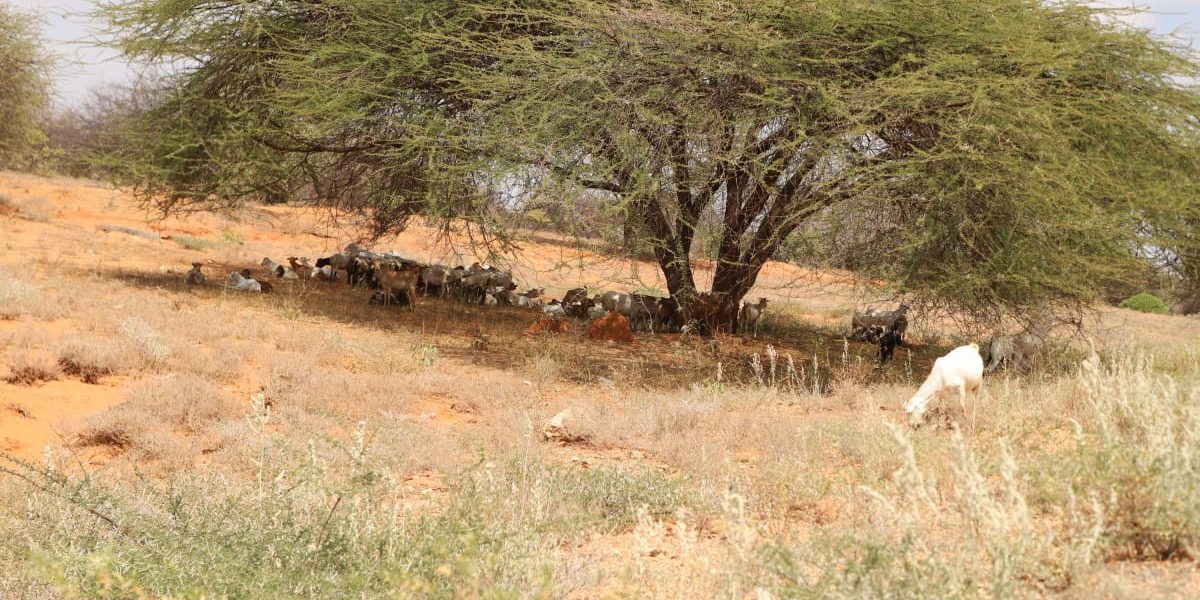The indigenous people and nature are inseparable, and it is through the care and protection of the natural environment that their survival is ensured. In the community, certain tree species are revered as sacred, receiving protection through both cultural and formal policies. These trees are not only integral to the community’s livelihood but also to its culture and traditions.
One such species is the Acacia tortillis, commonly known as the Umbrella Thorn, or Ntepes in the Samburu language. This tree is one of the key indigenous species conserved within the Sieku Indigenous Women’s Arboretum.
The Umbrella Thorn is widely distributed across northern Kenya, thriving in arid savanna regions. It is known for its distinctive umbrella-shaped canopy, which provides shelter against the harsh sun, and its ability to withstand extreme heat, drought, and dry soil conditions.
In the Samburu community, the Acacia tortillis serves many vital purposes:
- The tree is a primary food source for domesticated grazing animals such as camels and goats.
- Its broad canopy provides essential shade for livestock during the hot, dry periods, offering relief from the scorching sun.
- The tree is a key gathering point during conflict resolution meetings and other important community forums. Elders often sit beneath its shade to discuss and resolve community matters.
- Young Acacia tortillis seedlings are grazed on by goats and camels, further supporting the community’s pastoral lifestyle.
- The tree’s leaves and seedpods (known as “sagaram”) are a valuable source of nutrition for livestock.
- The bark is used to make strong strings, which are essential for building houses and crafting various items.
- The tree is also utilized as a medicinal herb, helping to alleviate the negative effects of excessive red meat consumption.
- Fallen branches provide firewood, essential for cooking in the community.
- The tree produces an edible gum, offering another food source.
- The extensive growth of Umbrella Thorns helps limit the movement of sand dunes and combats desertification, especially during seasonal droughts.
- The young, growing Acacia tortilis tree is used as a burial site for the deceased, as Acacia Tortillis is believed to be immortal. This belief symbolizes the continuity of life, with the tree representing the ongoing journey of the person’s spirit.







